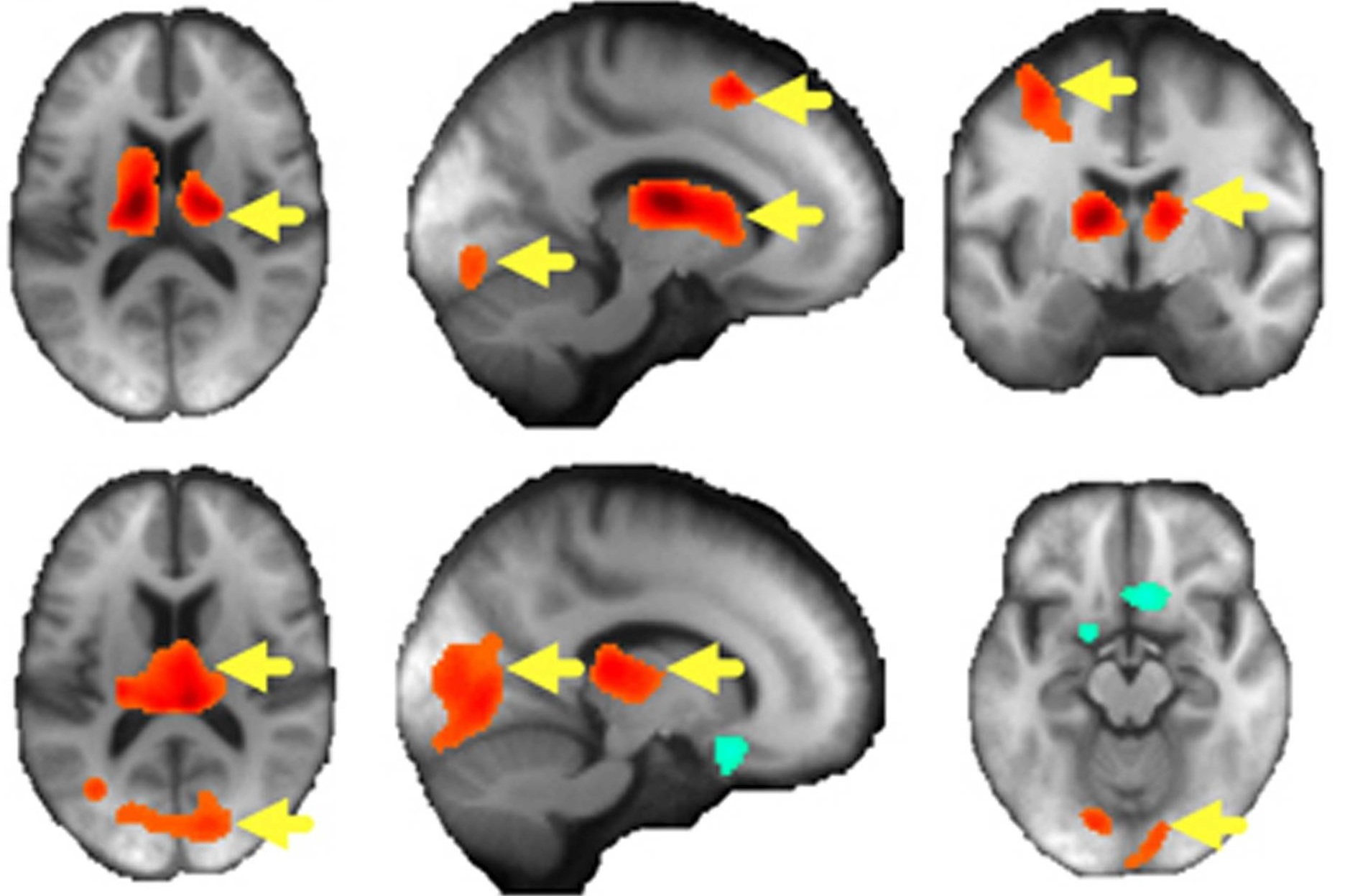Investigators in the Geriatric Psychiatry Neuroimaging Lab Publish First Study to Explore Cerebral Blood Flow Correlates of Worry Induction in Late Life

Published in Translational Psychiatry
Severe worry arises from a complex blend of maladaptive affective and cognitive processes. Contrary to other forms of anxiety, there is no consensus in the field regarding the neural basis of worry. No previous study has looked at cerebral blood flow changes associated specifically with in-scanner induction and reappraisal of worry. In the first study of its kind, Department of Psychiatry investigators (Drs. Helmet Karim, Carmen Andreescu, Meryl Butters, and Howard Aizenstein) and their colleague in the Pitt Department of Biostatistics (Dr. Dana Tudorascu) describe the distinct components of the ‘neural phenomenology’ of worry - induction, maintenance, severity, and reappraisal - using a personalized, in-scanner worry script.
Twenty older, non-anxious participants and 20 late-life participants with generalized anxiety disorder were studied. Whole-brain axial pseudo-continuous arterial spin-labeling scans were collected for each participant. The investigators used a voxel-wise two-way analysis of variance to test the group-by-block interaction. Findings from this study indicate that worry induction was associated with greater cerebral blood flow (CBF) in the visual cortex, thalamus, caudate and medial frontal cortex compared with the rest. Reappraisal was associated with greater CBF in similar regions, whereas the orbital frontal gyrus showed lower CBF relative to rest. Relative to non-anxious participants, individuals with generalized anxiety disorder had greater CBF in multiple regions during worry induction (visual and parietal cortex, middle and superior frontal) and lower CBF during reappraisal in the supplemental motor area, middle cingulate gyrus, insula and putamen. Severe worry was distinctly associated with increased CBF in the right amygdala, superior parietal gyrus and medial/orbital prefrontal cortex.
This study provides new data supporting the view of worry as a complex process that engages multiple regions of the brain in the initiation, maintenance and reappraisal of worry in older adults.
In the Grip of Worry: Cerebral Blood Flow Changes during Worry Induction and Reappraisal in Late-Life Generalized Anxiety Disorder
Karim HT, Tudorascu DL, Butters MA, Walker S, Aizenstein HJ and Andreescu C
Translational Psychiatry, Published online 2017; doi:10.1038/tp.2017.180
